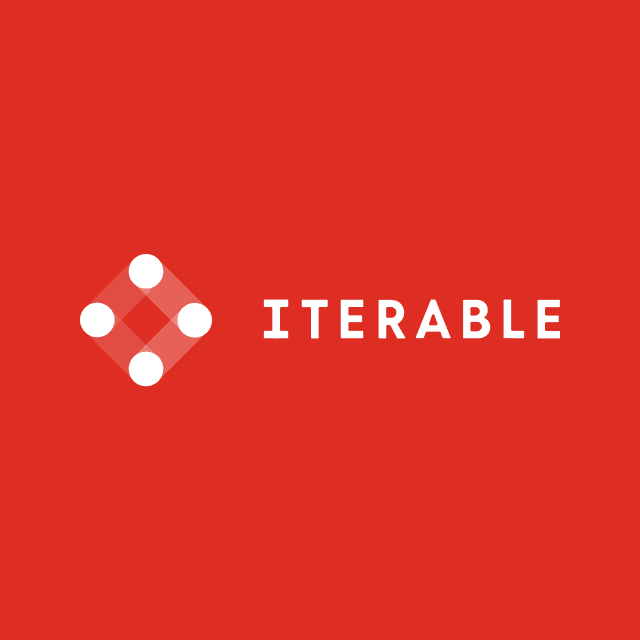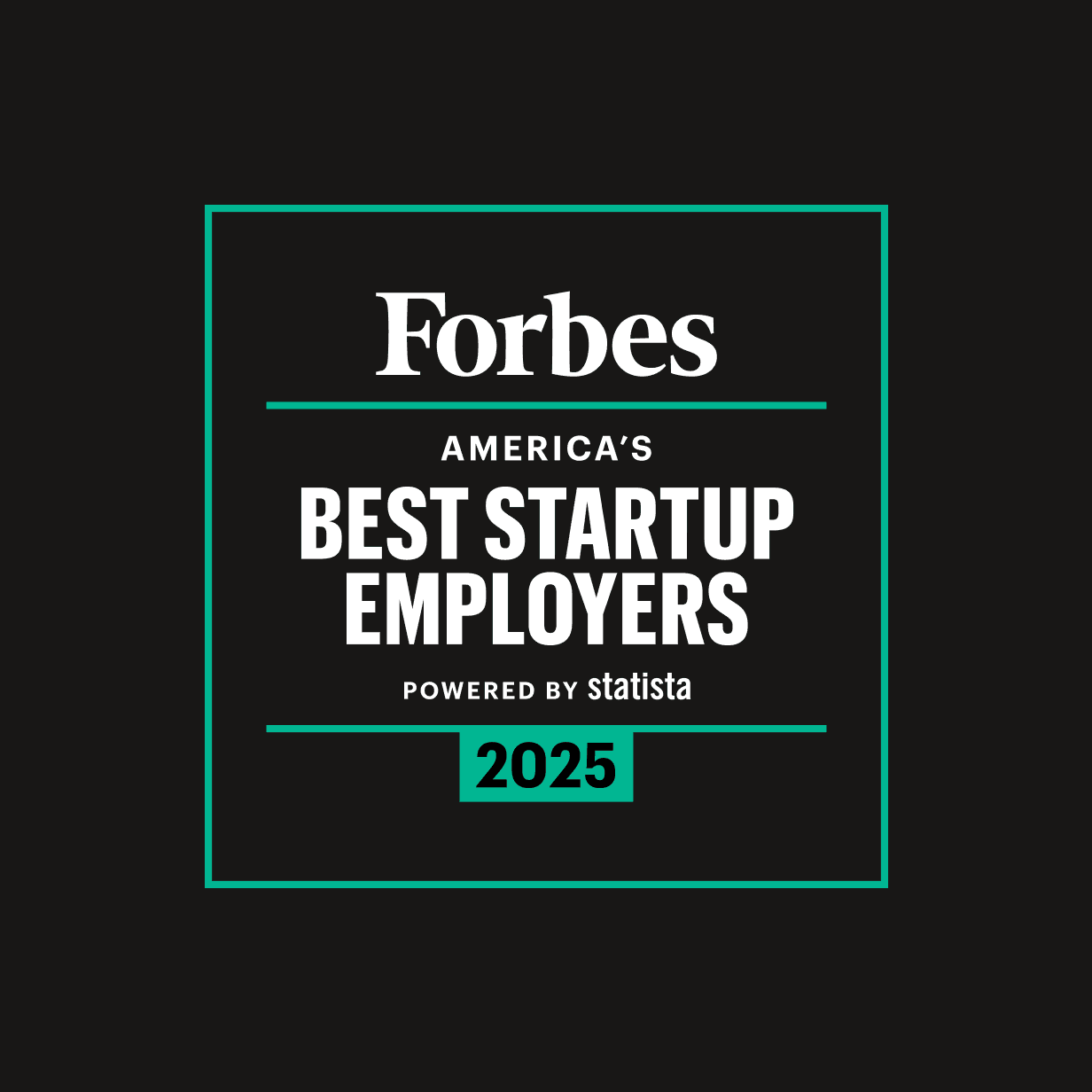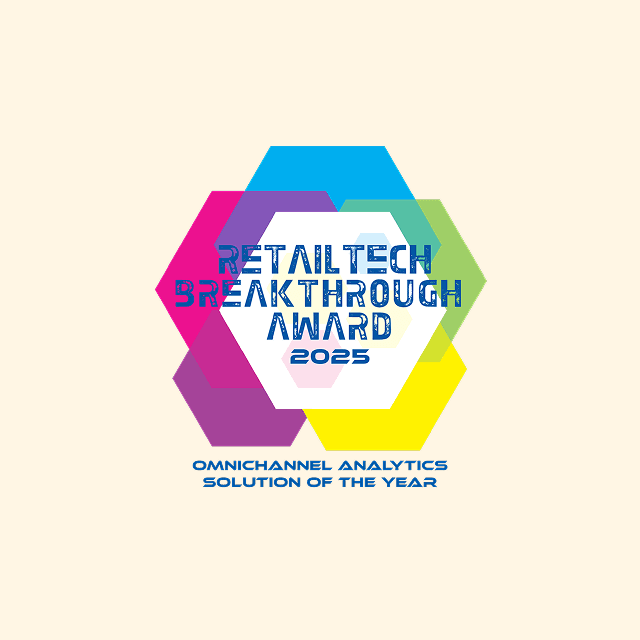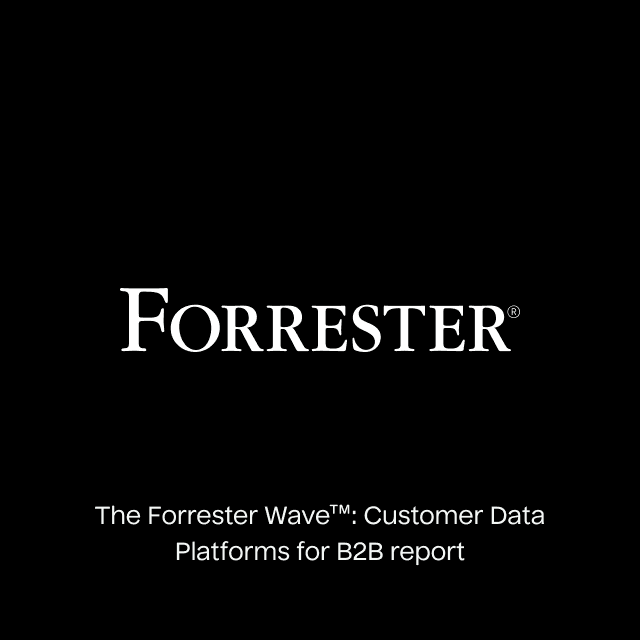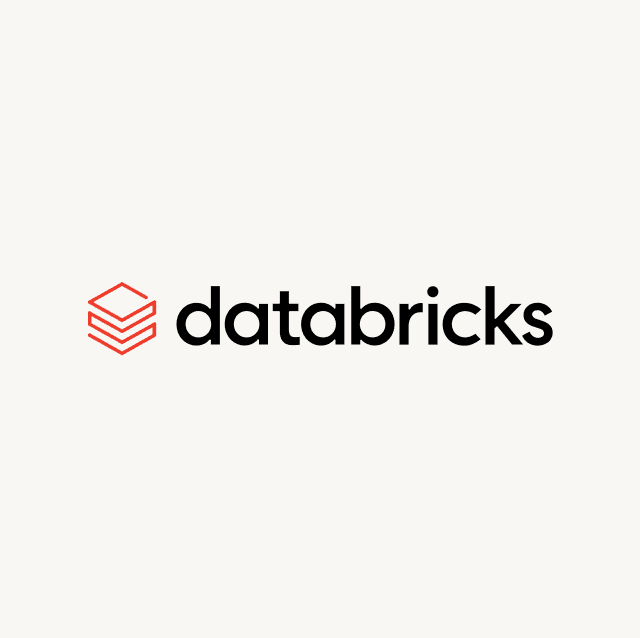Reverse ETL has become an essential aspect of modern data engineering, replacing the complexities of home-grown pipelines at scale. Although seemingly simple, the ability to activate data from a data warehouse has proven to be immensely powerful. It has fundamentally changed the way that businesses across the world think and architect their customer data infrastructures.
When it comes to shopping for Reverse ETL solutions, Hightouch and Census often take center stage. Although both platforms harness the same underlying technology and are very similar in performance and security, understanding the true differences can often be challenging.
In this blog post, we aim to show precisely where Hightouch and Census diverge and why Hightouch continues to be the preferred choice for leading companies worldwide.
Key Factors to Consider
Performance and security should always be at the forefront of any technology evaluation, but ultimately, you should ask five key questions before purchasing or using a new tool:
- Does the vendor have the functionality to support my team’s use cases, and will it scale with future use cases?
- Is the pricing transparent, scalable, and value-driven?
- Will the platform support my various teams and stakeholders?
- Is the platform enterprise-ready?
- Does the platform have a track record of exceeding the expectations of current companies using the software?
Let’s look at Hightouch and Census using the framework of these questions as the basis of comparison.
Use Cases and Integrations
Does the vendor have the functionality to support my team’s use cases, and will it scale with future use cases?
When it comes to use case support, Hightouch offers the most integrations of any Reverse ETL provider, with 250+ destinations today. We support the widest range of destinations, integrating with everything from CRMs, ERPs, and SaaS tools, to the most obscure advertising platforms.
We also have an entire Custom Destination Toolkit that enables you to build custom integrations to any API without writing a single line of code (this is unique to Hightouch.) Our engineering team continues to set the bar for building and maintaining integrations, and we will continue to add support for new integrations and improve our existing ones.
Transparent Pricing
Is the pricing transparent, scalable, and value-driven?
From the start, we’ve always tried to keep our pricing transparent as possible and that means linking your cost directly to the value that we provide. This is why we offer value-based pricing and only charge based on the number of activation destinations you sync to (e.g., Salesforce, Hubspot, Facebook, Braze, Iterable, etc.)
With Hightouch you never have to worry about your data volume. Our pricing model gives you access to unlimited destination fields so you can sync to as many “Salesforce” objects as you want.
Better Support for Data Teams
Will the platform support my various teams and stakeholders?
Since the inception of Hightouch, we’ve been maniacally focused on creating a platform that seamlessly integrates with the existing infrastructure, tools, and workflows of data teams worldwide. We’ve continued to innovate on this front, building features like Git Sync to enable version control, a live debugger for real-time troubleshooting, and direct support for modern data tools like Fivetran, dbt, Datadog, Looker, Sigma, etc.
We’re continuing to listen to data teams to see how we can make their lives even easier. Census has yet to adopt all of these features and has only recently added support for a few of these. For example, we added support for version control through Git in 2021, and Census only just added support for this feature in 2023, a full two years later.
More Powerful Marketer-First Features
Will the platform support my various teams and stakeholders?
With a team full of CDP and MarTech experts, we have always worked towards a vision to build a platform that enabled not only technical users but also non-technical business teams as well. With Hightouch Customer Studio, marketing teams get access to all the features they need to build and activate audiences at scale.

Continuing to invest in business teams as well as data teams, we’ve released advanced features like Splits and Priority Lists that make audience activation even more powerful. This rich set of features enables marketers to work independently with their warehouse data to solve their most complex personalization use cases, such as running audience experiments, measuring performance, or prioritizing campaigns across different channels. While Census does offer a segmentation tool, it’s very limited and simply doesn’t have the flexibility or features of Customer Studio.
Enterprise Readiness
Is the platform enterprise-ready?
Over the last few years, one of the things we’ve focused heavily on is building out a platform that can support enterprise-level workloads and use cases. Hightouch is highly configurable. We designed the platform specifically to handle enterprise-level scale with granular security and governance controls. This includes:
- Role-Based Access Control (RBAC): granular controls to define what actions users can take within workspace resources.
- Approval Flows: a change management system to ensure users don’t accidentally push changes to production.
- Environments: a process for developing models in syncs in test environments before pushing them to production
- Audit Logs: a historical record of user actions so workspace admins can easily review changes and easily troubleshoot problems
- Sync Sequences: a sequential way to execute related syncs in a predefined order
- Sync Logs: automatically write sync metadata back to your data warehouse with per-row information for analysis
- Alerting: built-in alerting with messaging tools like Slack, SMS, email, or PagerDuty to help you monitor changes in real-time.
Census has some basic enterprise features, but core capabilities, like approval flows and environments, are simply not an option within the platform. Likewise, RBAC within Census is limited to four basic roles, which means you have little flexibility to assign and govern access, and it’s impossible to manage deployments across environments with development, staging, and production.
The Devil is in the Details
Does the platform have a track record of exceeding the expectations of current companies using the software?
We work with hundreds of companies across all sizes and industries to help them solve their most challenging data and marketing use cases. This includes companies like Spotify, PetSmart, GameStop, and even the NBA.
We’ve also supported several large-scale migrations from Census to Hightouch for companies like Sigma, AXS, Sigma, and Heap.
- AXS underwent a POC with Census but quickly migrated after they ran into some problems with one of the integrations. Ultimately, the data team chose Hightouch because of a better UI/UX, more destinations, and a more transparent pricing model.
- Sigma migrated away from Census because of our speed of innovation, more polished product, error-logging capabilities, support for modern data tools (including Sigma), and overall UI/UX.
- Heap was operating on Census’ free plan, but the limitations of field-based pricing and core platform inefficiencies made it impossible for the data team to predict costs and scale use cases accordingly. Heap now uses Hightouch, and the company has since been able to unlock a number of capabilities that weren’t previously possible with Census.
Companies continue to choose Hightouch over Census due to the maturity of our product and our commitment to leading new innovation and solving our customers' most complex challenges.
Going Beyond Reverse ETL
Hightouch has evolved to include products beyond our core Reverse ETL offering, and we’ve been the first to market on every core feature in the Data Activation space. We also created the first no-code audience builder and quickly added more features like stratified sampling, performance measurement, and Match Booster (a data enrichment service to increase match rates within advertising platforms).
Most recently, we introduced Customer 360 Toolkit, with our visual schema mapper and warehouse-native identity resolution to help you build actionable customer profiles directly in the data warehouse. Our speed-to-market is a testament to the care we have for our customers. Every improvement we make and feature we add is solely based on feedback from Hightouch users.
Hightouch coined the term Reverse ETL, and we invented the Composable CDP. Companies continue to choose Hightouch over Census because we have more integrations, better features for data and marketing teams, more transparent pricing, and a better user experience.
Since the inception of Hightouch, our mission has been to help every organization prepare and activate their data directly from their data warehouse. We’re continuing to raise the bar on what it means to be a Data Activation platform, and as such, we will continue to focus on creating value for our customers.
Onwards and upwards,
Tejas






